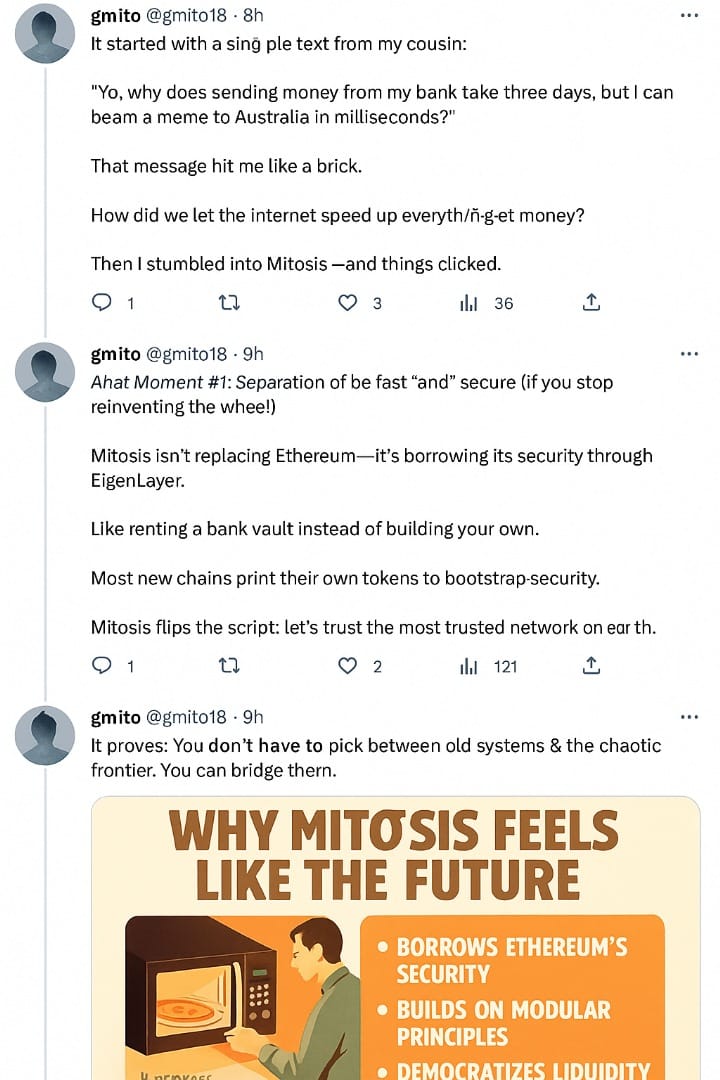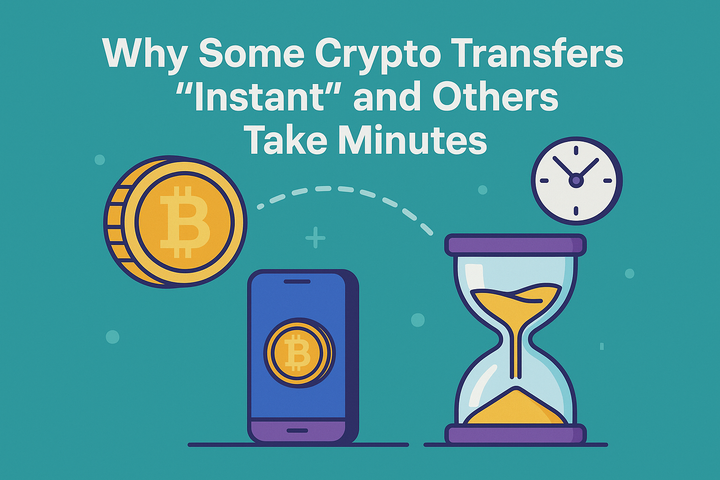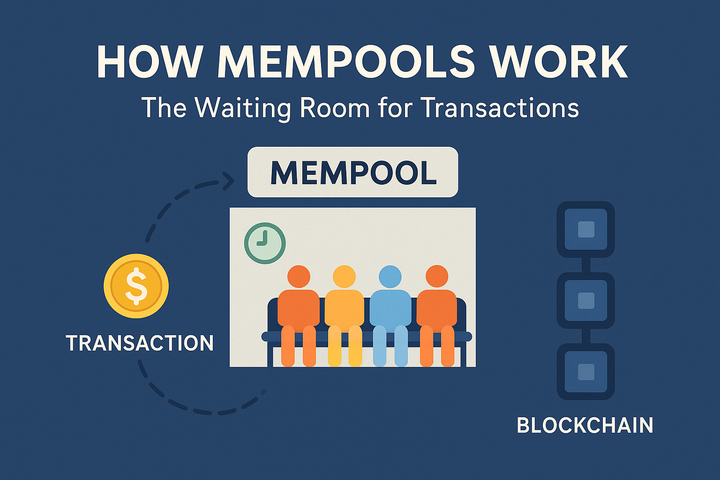Why Mitosis Feels Like the Future: A Story of Bridges, Trust, and Ownership.

It started with a simple text from my cousin.
“Yo, why does sending money from my bank take three days, but I can beam a meme to Australia in milliseconds?”
That message hit me like a brick.
How did we let the internet speed up everything except money?
The Microwave vs the Mailbox
Picture this: You're reheating leftover pizza. You pop it in the microwave, and 45 seconds later, bam—sizzling goodness.
Imagine you had to mail your pizza to a central facility, wait 72 hours, and then have it mailed back to you... slightly warmer.
That’s how our financial systems still operate.
And it’s exactly the kind of outdated friction crypto was supposed to solve.
But the truth is, even most blockchains today are like overclocked microwaves duct-taped to fax machines. Fast... but fragile. Scalable... but siloed. Secure... but slow.
Then I stumbled into Mitosis and suddenly, things clicked.
Layered Revelations

Crypto Can Be Fast and Secure (if you stop reinventing the wheel)
Mitosis isn't trying to replace Ethereum. It's borrowing its security, through something called EigenLayer—imagine plugging into Ethereum’s ironclad armour without needing to forge your own.
It's like renting a bank vault instead of building Fort Knox in your backyard.
Most new chains print their tokens to bootstrap security. But that creates risky inflation and shaky trust. Mitosis flips that script—it says: "Let’s just borrow trust from the most trusted network on earth."
That’s when I realised: this isn't a side project. It’s Ethereum’s security... powering a better engine.
Separation of Powers Isn’t Just for Governments

Mitosis splits its brain in two, just like Ethereum.
- One part executes (like a factory)
- One part consensus (like a judge)
This modular design, borrowed from Ethereum’s architecture, means developers don’t need to learn a whole new playbook.
Want to build on Mitosis? Just use Geth or Reth—same tools, new chain.
And the best part? Transactions settle instantly, thanks to CometBFT (Cosmos fans, you know this power). That’s Ethereum compatibility + Cosmos finality = chef’s kiss.
Liquidity Doesn’t Have to Be Controlled by Giants

This is where EOL—Ecosystem-Owned Liquidity—comes in.
Instead of whales and VCs hoarding tokens and controlling the flow of capital, Mitosis turns liquidity into a shared, governed asset. Users deposit into the Mitosis Vault, receive “Hub Assets” (think: stable, blockchain-native receipts), and then opt into the EOL Vault. https://docs.mitosis.org/docs/developers/protocol/eol-vault
In return, they earn. Not from some shady yield farming loop—but from protocol-level rewards based on real usage.
And because miAsset holders can vote on where this liquidity flows, it’s the closest thing we’ve seen to democratic finance on-chain.
This isn’t just DeFi. It’s people-powered capital, coordinated through code.
Empowering Resolution

So why does Mitosis matter?
Because it proves we don’t need to pick between the old system and the chaotic frontier. We can bridge them.
- You don’t have to trust a new chain’s security model—just borrow Ethereum’s.
- You don’t have to ditch the tools you know—just plug them into something faster.
- You don’t have to hand over your liquidity—own it. Govern it.
Mitosis isn’t just a chain. It’s a blueprint.
A modular, secure, and collaborative vision of the internet of value.
It reminds us that the future of money isn’t about speed for speed’s sake.
It’s about trust without gatekeepers, liquidity without middlemen, and coordination without compromise.

And maybe, just maybe, the next time my cousin texts me, it won’t be about slow money.
It’ll be about how he just joined a vault, voted on a governance proposal, and earned yield on assets he controls.
Now that’s something worth microwaving.
Want to dive deeper? Let’s talk about miAssets (https://docs.mitosis.org/docs/learn/governance/expedition-weeth/explore-miweeth/hold-miweeth-for-mito-points-weeth), Engine APIs, or validator slashing next. Because once you peel back the layers of Mitosis, you realise:
It’s not just infrastructure.
It’s revolution—by—design



Comments ()